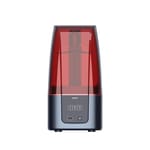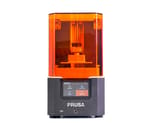Among the many announcements Anycubic made at this past TCT Asia was a Photon printer with DLP technology: the Photon Ultra. We knew then that the printer would bring DLP technology into a small-form system using Texas Instruments technology – and it’s just about here.
Anycubic has revealed more details about the Photon Ultra and its release. We now have a complete picture of the unique low-cost system’s technical specifications and know its release will start with a Kickstarter crowdfunding campaign next month.
DLP tech has remained cost-prohibitive, despite the rapidly growing affordability of other 3D printing technologies. Despite the cost, it’s remained a favorite of dentists and jewelers for its ability to print the most intricate details accurately. With that in mind, you might get a little confused perusing listings for expensive DLP systems that list specs like 1080p while we’re practically drowning in new 2K and 4K LCD MSLA 3D printers. We tell you why, and dig into the details of the upcoming Anycubic Photon Ultra below.
Features
Digital Light Processing (DLP)
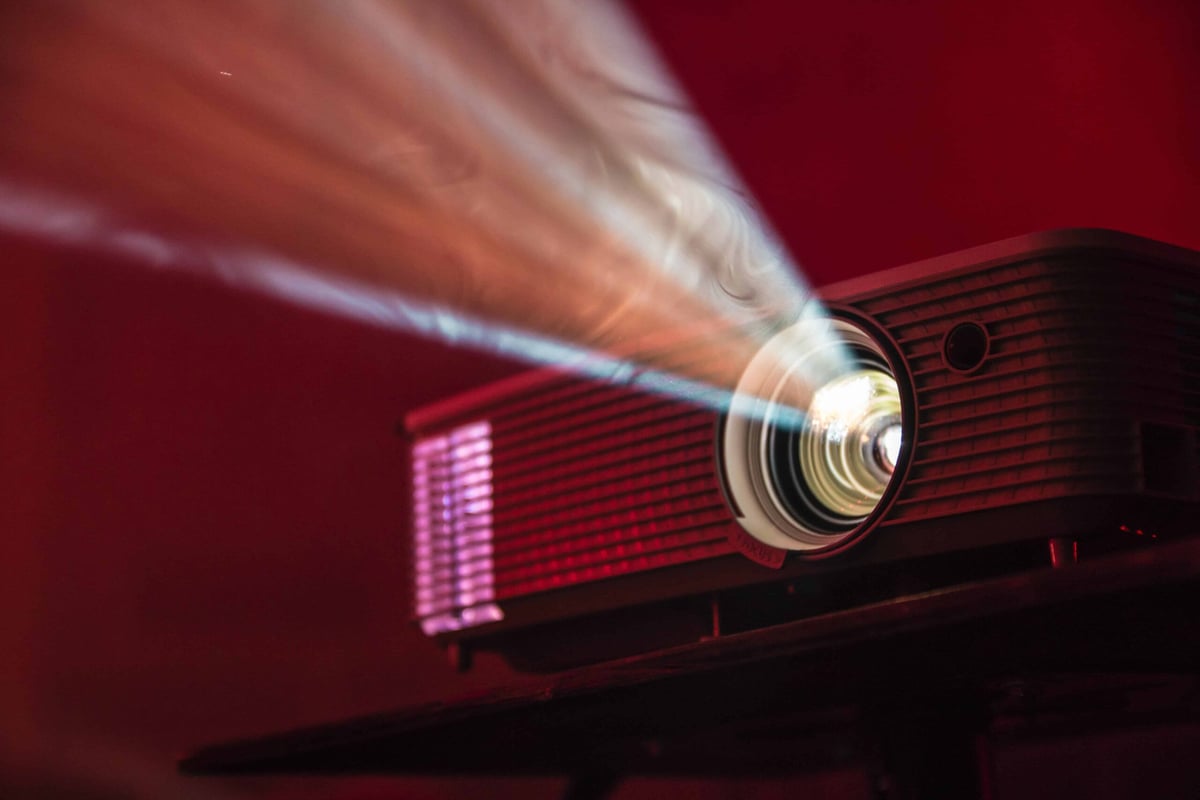
While MSLA 3D printers have been tearing up the consumer market for some time now, DLP has remained prohibitively expensive for the average consumer. Now, Texas Instruments has released the TI DLP Pico – an affordable chipset that’s enabled the Photon Ultra to sell at a consumer price.
What exactly is DLP? Very similar to MSLA, but with some key differences. Both technologies cure whole layers of resin at once with UV light – meaning your print time isn’t dependent on how full your XY build volume is. But while MSLA uses a totally stationary LCD screen with fixed pixel sizes and masked areas that don’t need to be cured, DLP uses a projector and Digital Micromirror Device (DMD) in combination to direct UV light.
It seems like a hassle to direct light with precise mirror movements when the simplicity of masking a UV panel (like with MSLA) is on the cards, but DLP has some big upsides. There’s no light convergence from the individual pixels on resin due to the reflection, for example, and DLP consumables have far more longevity. That second point may be the most important; if you’ve worked an MSLA printer hard, you know a UV panel’s pixels will burn out and need to be replaced. At most, this takes ~2000 hours on a (typically more durable) monochrome panel. Since DLP uses a projector, the bulb lasts much longer – Anycubic claims 20,000 hours – and fails all at once instead of gradually. That difference in uptime and pass/fail quality assurance is why industries like dental and jewelry have largely stuck with DLP printers all this time.
720p Resolution

Since DLP 3D printers still use an image, the technology also has resolutions like MSLA. But, with DLP comes a caveat. Resolutions aren’t immediately comparable between the technologies because, unlike MSLA, the pixel size on DLP 3D printers isn’t fixed.
If that’s not entirely clear, consider screen sizes: a 1080p screen still has 1080 pixels up and down no matter its size, bigger screens just use bigger pixels. That’s why the accuracy of an MSLA printer is determined by not just its resolution but also screen size. Projectors, however, aren’t locked into a screen size. Like with a home projector, magnification can be scaled and result in larger or smaller pixels – just not more or less of them.
This means that small models with intricate details (like dentistry or jewelry industries need) can be a lot sharper when printed with some DLP systems as opposed to MSLA. However, this quality will depend on how spread out your layer is. Two fine details on opposite ends of the build volume will suffer compared to two fine details placed close together.
That does not necessarily mean that all DLP printers are superior to MSLA regardless of their resolution, but it does mean the specs aren’t immediately comparable. Confusingly, Anycubic has said the Photon Ultra’s print quality will be “even better than that of 2k/4k monochrome LCD screen printers” despite that, its XY accuracy is listed at just 80 microns. For comparison, Anycubic’s own 2K LCD printer, the Photon Mono, has a higher accuracy of 51 microns.
Build Volume
With a build volume of 102.4 x 57.6 x 165 mm (there’s some precision for you), the Photon Ultra is smaller than the Photon Mono, and pretty small for a resin 3D printer in general. Considering the advantages of DLP we just covered, that’s not such a loss. This isn’t a technology where you want to be filling the whole print bed, and it’s not clear whether the 80 micron precision is a maximum or a minimum. If it’s the former, we could see the printer achieving especially fine details due to scaling – so long as models are small.
Print Speed
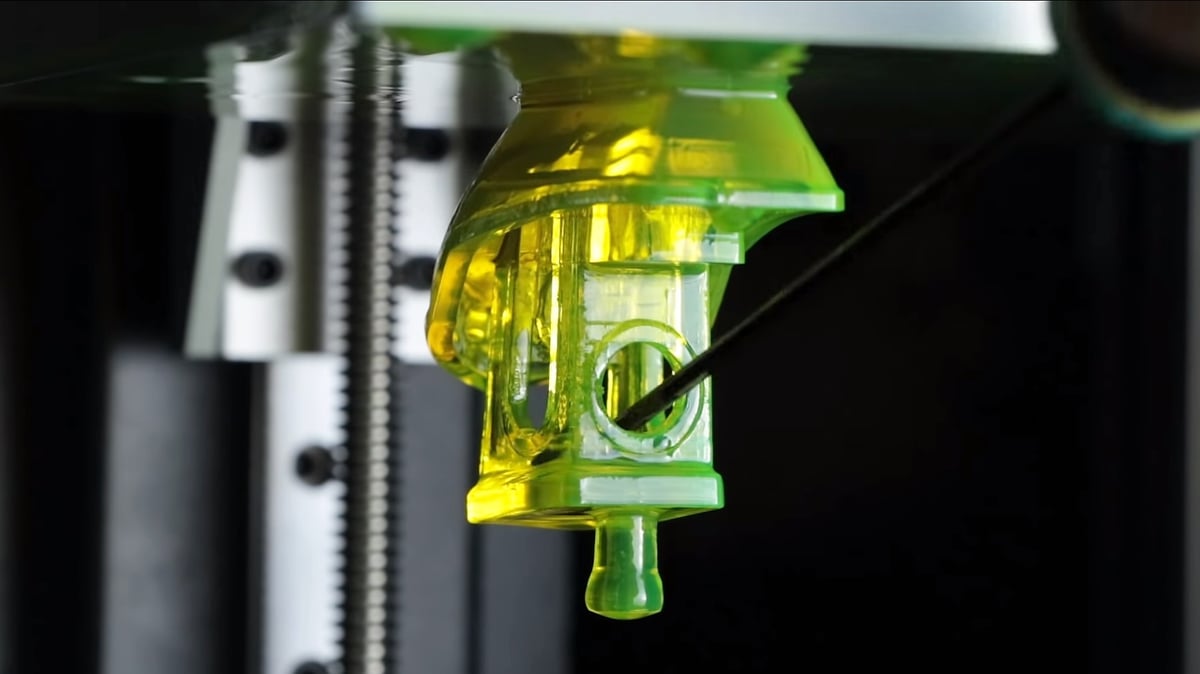
Anycubic claims the Photon Ultra can cure a layer in just 1.5 seconds. That’s fast. For perspective, that’s just about the speed Prusa Research has claimed for their new ~$2,000 MSLA 3D printer, the SL1S Speed, with some heavy caveats regarding material opacity and layer height. At nearly a quarter of the price and likely more longevity, we’d say the Photon Ultra could be good for getting parts out fast – if it holds up.
Local Print Settings
In a brief mention, Anycubic said the Photon Ultra “debuts printing settings to be modified directly on the printer… making it easier to adjust and optimize without a computer.” Does that mean the printer can adjust G-code locally? Meaning no more swapping back to the PC for small adjustments? And if so, what wizardry is this?
It’s probably just simple stuff like the Z-offset, but that’s not exactly a debut. If the changes really are more substantial, this is a feature we want to see on all the 3D printers. All of them.
Additional Features
Further features on the Photon Ultra include:
- Adhesion – A laser-engraved build platform to give your models something to grip, providing better adhesion for fewer failed prints. Anycubic also credited the engraving process with build platform “evenness,” so it sounds like they’re using the engraving process to make sure the plate is mounted right, too.
- Low heat, low noise – The printer “operates at 40% light efficiency,” Anycubic says, and uses an average power consumption of 8.5 W (rated 12 W). The company says this is better that the average LCD printer and that the lower power consumption means less heat, which means less cooling, which means peace and quiet.
- 16x Anti-Aliasing – Where there’s pixels, there’s jagged edges. The lack of convergence in DLP could even make those edges more visible, so anti-aliasing is a must. With the Photon Ultra, Anycubic has included 16x anti-aliasing to reduce stepping that could otherwise be visible on your prints.
Release Date & Availability
The Photon Ultra is being crowdfunded via Kickstarter, starting on September 14. It will be available there for worldwide pre-order for about a month. Backers will be sent their units before the Photon Ultra becomes available on regular distribution channels “later in the year,” meaning it probably depends on how much fulfillment will be required after the Kickstarter.
So, if you want to get your hands on an Anycubic Photon Ultra you’ll be able to after October 14 at the earliest – and only if you back the crowd funding campaign.
Price
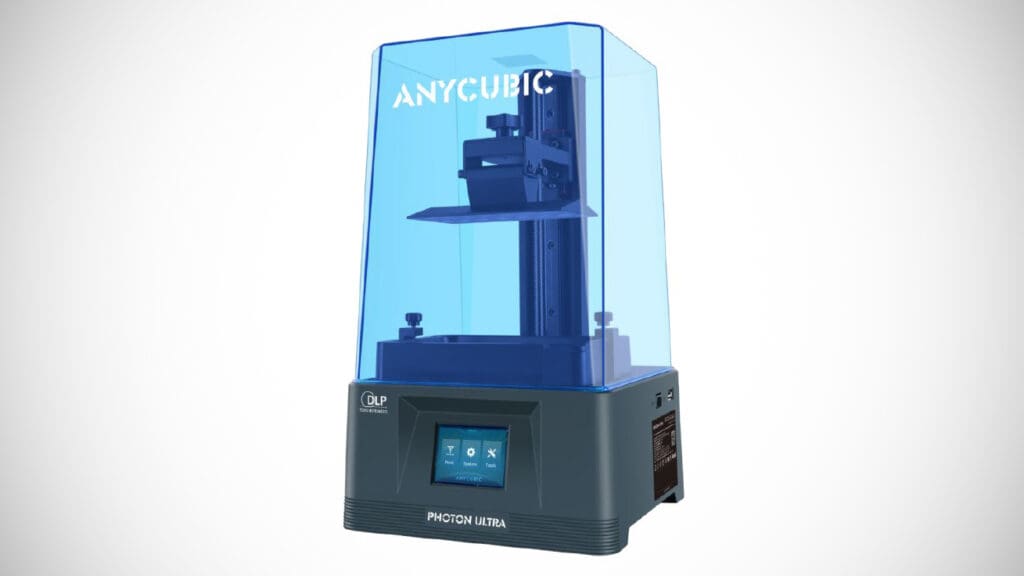
The printer’s launch will include a rolling price point. The first 100 backers on Kickstarter will get an early bird price of just $399. After that, regular backers will have to pay $499, but will get to take advantage of the “many benefits, discounts and special promotions” the crowd funding campaign will offer. Guess we’ll see exactly what those are come September 14.
The announcement also mentioned the Photon Ultra’s price on Amazon will be over $599. It’s not entirely clear whether that means all distributors after the Kickstarter, or just Amazon. It was an odd mention, but we would assume it’s the former and the Photon Ultra will cost over $599 after the crowd funding campaign.
Tech Specs
General Specifications
- Technology: DLP
- Type: Resin
- Year: 2021
- Assembly: Fully assembled
- Manufacturer: Anycubic
3D PRINTING SPECIFICATIONS
- Build Volume: 102.4 x 57.6 x 165 mm
- Layer Height: 10 microns
- XY Resolution: 80 microns (1280 x 720 pixels)
- Z-axis positioning accuracy: N/A
- Printing Speed: 1.5 s/layer
- Bed-Leveling: N/A
- Display: 3.5-inch touchscreen
- Third-Party Materials: Yes
- Materials: 405 nm UV resin
SOFTWARE REQUIREMENTS
- Recommended Slicer: Anycubic Photon Workshop
- Operating system: Windows / macOS X / Linux
- File types: STL
- Connectivity: USB
DIMENSIONS AND WEIGHT
- Printer size: 222 x 227 x 383 mm
- Weight: ~4kg
Similar Printers
You may also be interested in the following printers:
For more suggestions, feel free to check out our Best Resin Printers Guide.
Anycubic Photon Mono X
Another printer in Anycubic’s Photon series is the Mono X – a monochrome LCD MSLA 3D printer with a 4K panel. It prints with an accuracy of 50 microns, significantly surpassing the Ultra’s listed 80. At ~$760, the Mono X is a bit pricey, even compared to the Ultra, but with that you get a highly accurate resin printer and a significantly larger build volume with a fixed quality no matter how much you’re printing. It’s also often to be found on special offer. Keep an eye on our deals page, you might see it around from time to time.
Elegoo Mars 3
Currently our Top Pick in resin 3D printers, the Elegoo Mars 3 is an impressive system. It’s a 4K LCD MSLA printer that produces models with a 35-micron accuracy. You need a microscope to see less than 40. Add to that a reasonable build volume and a price of just $300 – this resin printer is really something.
Prusa Research SL1S Speed
If it’s speed you’re after, the SL1S Speed from Prusa Research lists the fastest cure times we’ve seen yet from a resin printer at 1.4 seconds per layer in ideal conditions. It’s a lot pricier at ~$2,000, but since you’re buying from Prusa there’s a lot of assurance that comes with that. For one, you can bet you’ll have the best support in the business – be it from the company themselves, or just getting tips on better printing from the massive and eager community surrounding it.
License: The text of "Anycubic Photon Ultra: Specs, Price, Release & Reviews" by All3DP is licensed under a Creative Commons Attribution 4.0 International License.
CERTAIN CONTENT THAT APPEARS ON THIS SITE COMES FROM AMAZON. THIS CONTENT IS PROVIDED ‘AS IS’ AND IS SUBJECT TO CHANGE OR REMOVAL AT ANY TIME.



